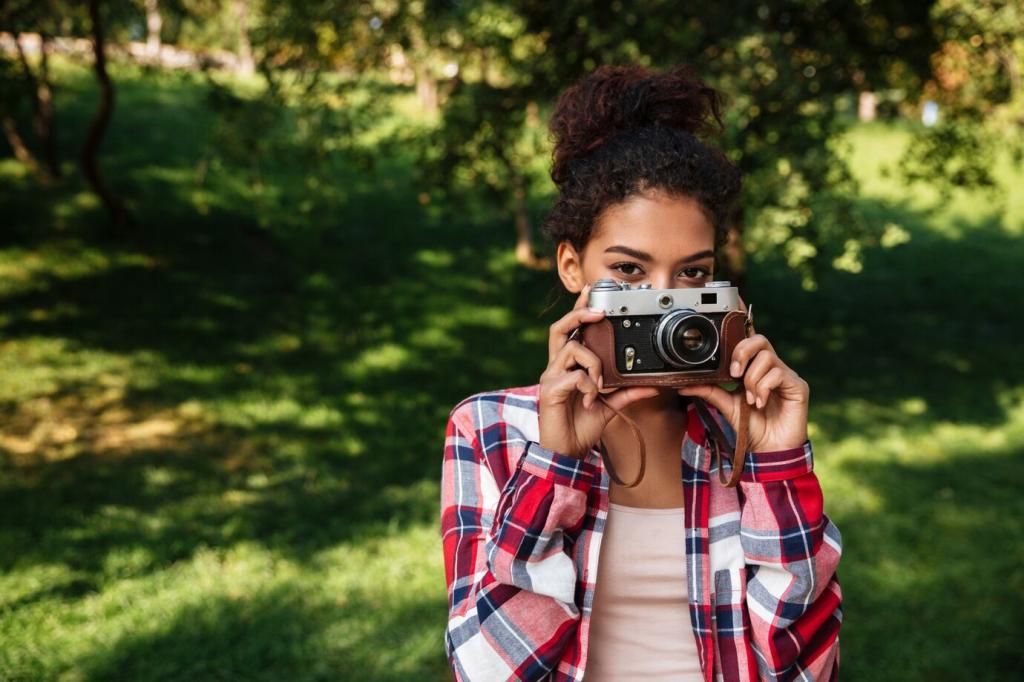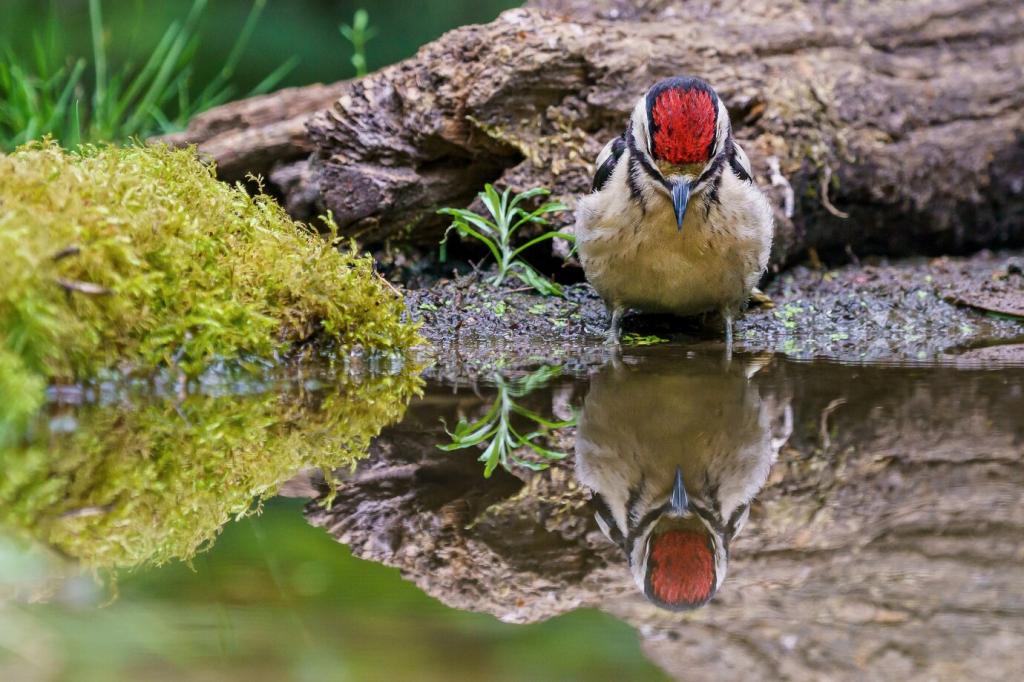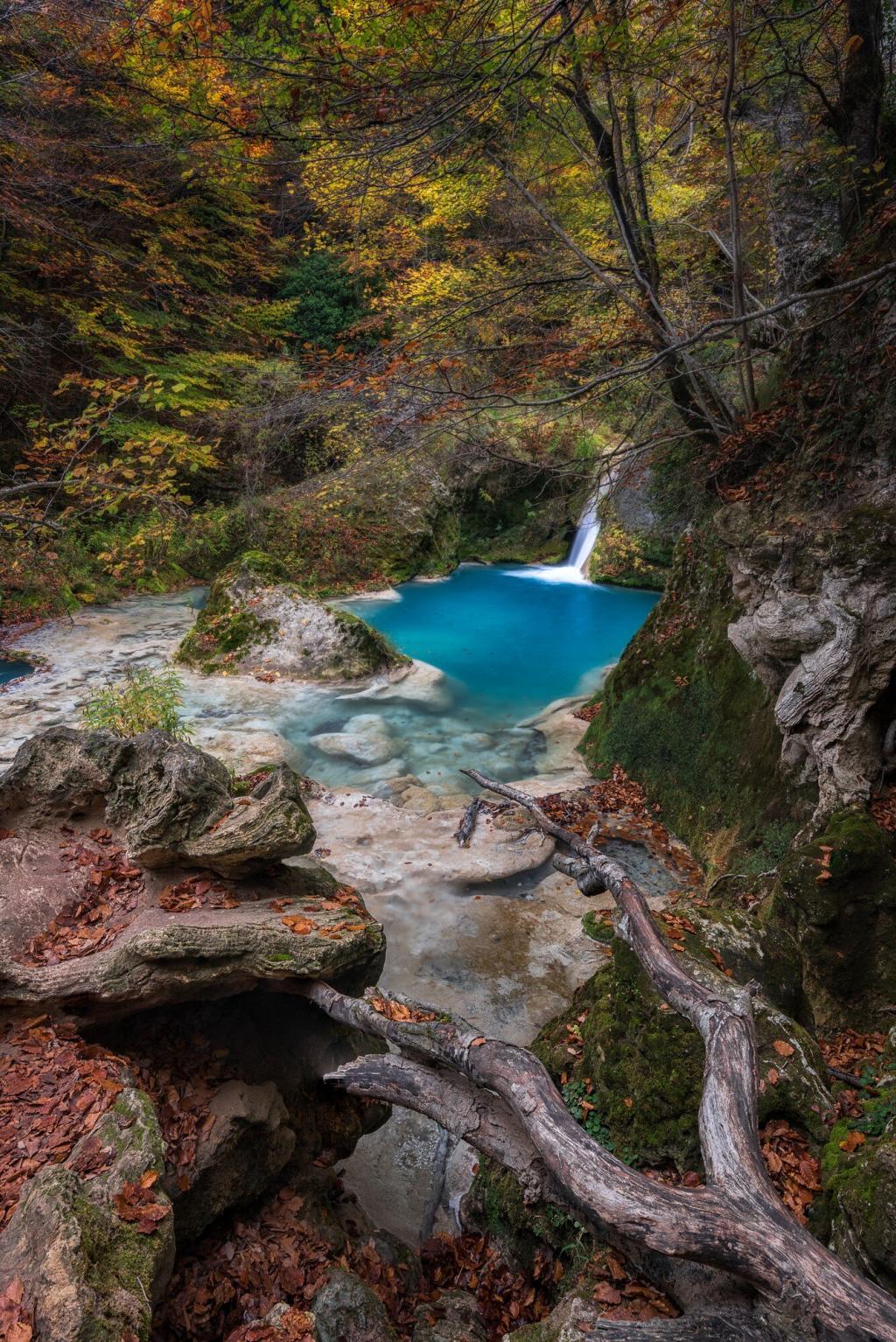Golden Hour Playbook
Acadia’s Ocean Path glows as low light brushes granite, while the steep but short Clingmans Dome trail in the Smokies puts you above the mist. Arrive early, embrace layers, and invite a friend. Which sunrise trail gives you reliable pastel gradients?
Golden Hour Playbook
Zion’s Canyon Overlook Trail compresses drama into a modest hike, especially when sandstone ignites at blue hour. Expect crowds; plan a headlamp for the return. What sunset trail helps you capture luminous skies without a long, risky trek back?





